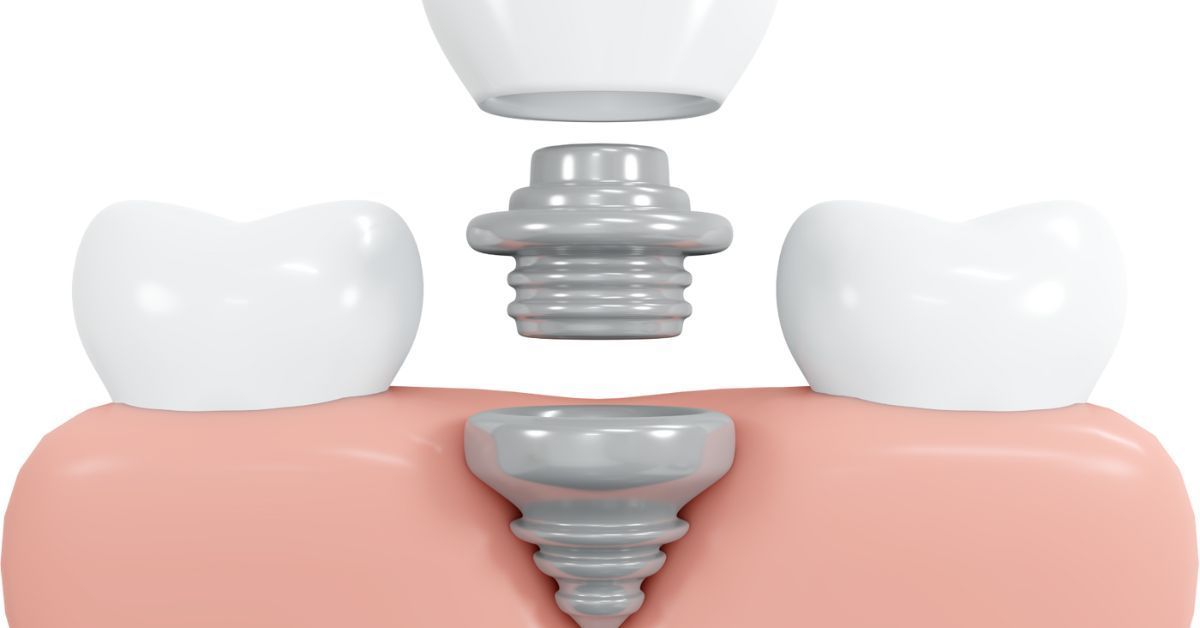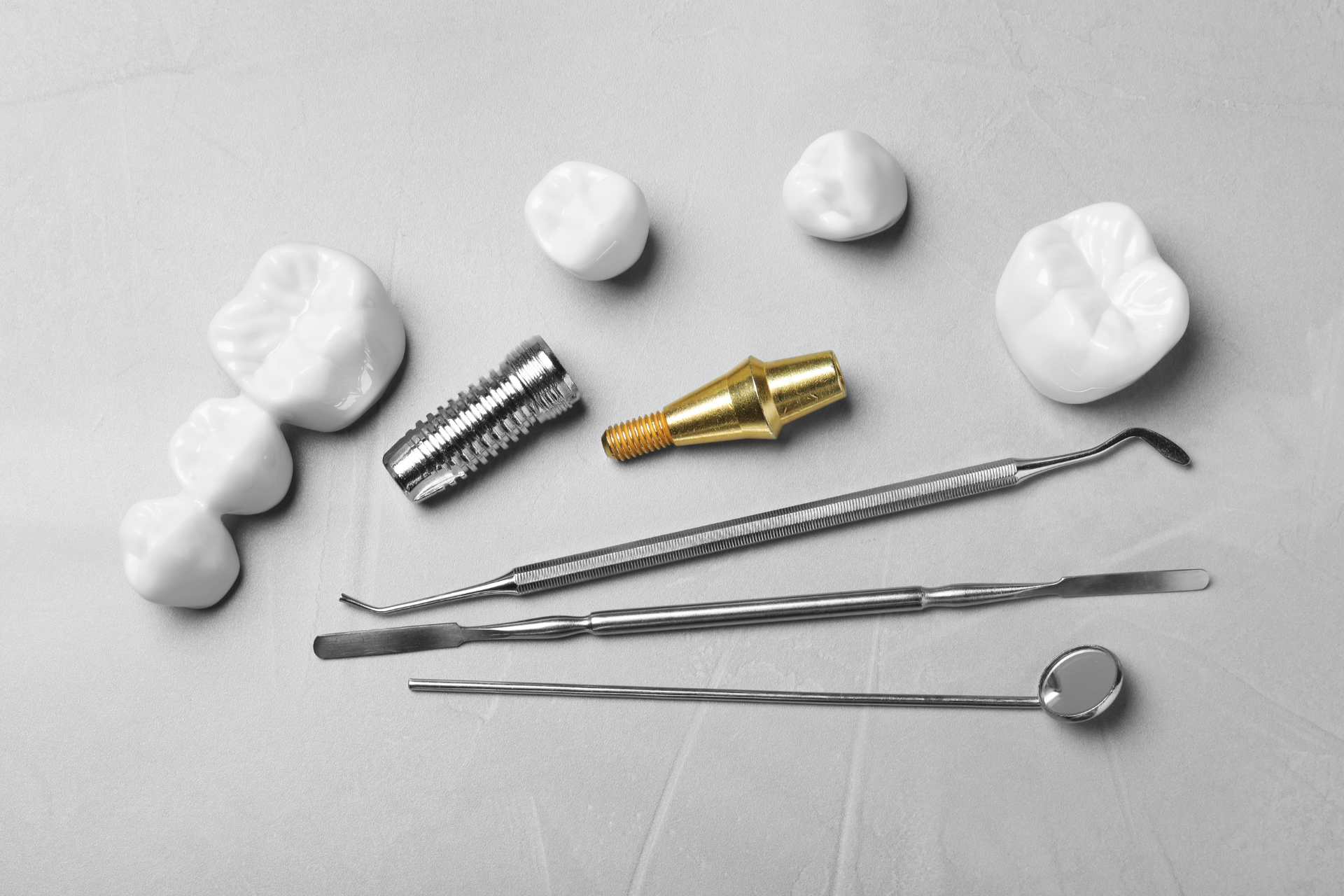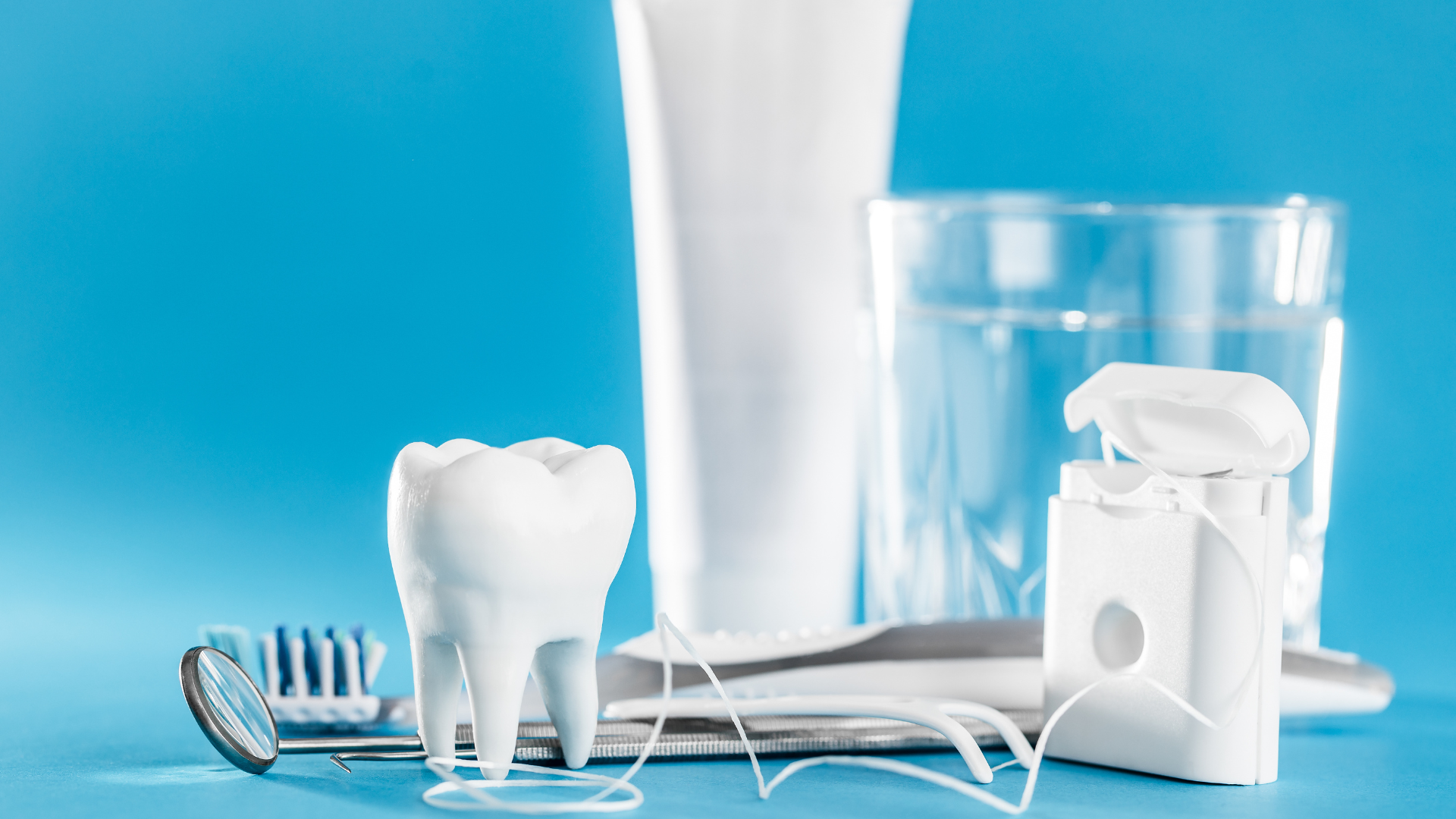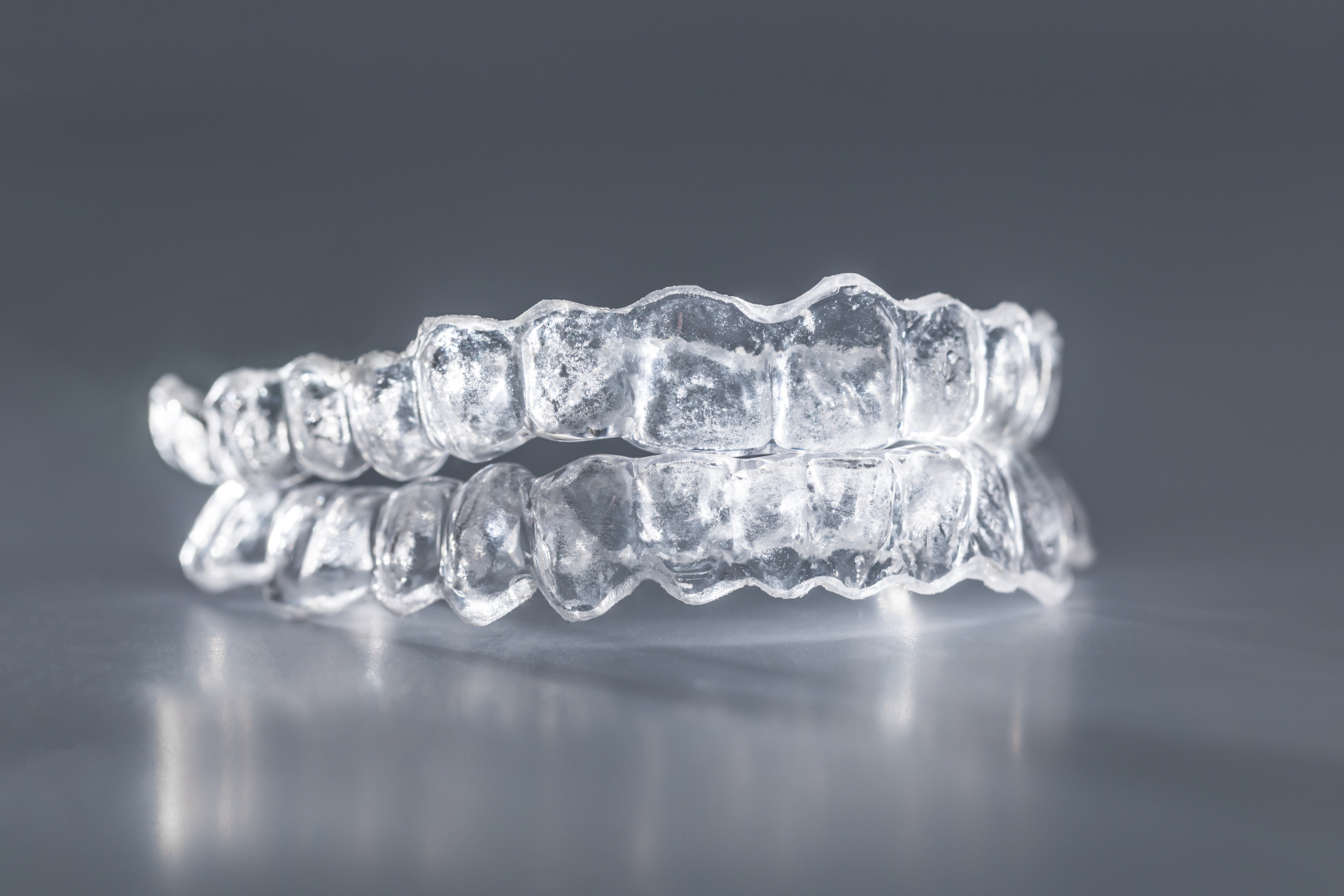Same Day Dental Crowns in San Diego
A crown will strengthen an existing tooth's structure or replace a missing tooth
Crowns are a practical option to cover and protect or replace a tooth. When advanced decay means there will be more filling than tooth structure, it puts the remaining structure at risk of cracks, breaks, and infection.

The Team at Marina District Dentistry will always prioritize keeping your natural teeth in place as long as possible, by strengthening the tooth with a crown.
Dr. Racic designs your crown with a custom approach to restore the aesthetics of your smile with a strong, healthy tooth. In addition, Dr. Racic has the technologically advanced equipment on-site to ensure that fixing your tooth with a dental crown is simple, successful, and completed in one appointment.
What is a dental crown?
A dental crown is a restoration to cover and protect a damaged tooth. It is a cap-like structure that fits over the visible portion of the tooth, covering the entire crown above the gum.
Dental crowns repair teeth that are severely decayed, fractured, or otherwise damaged. A crown provides strength for a tooth that has undergone root canal treatment.
Materials used to make dental crowns include: porcelain, ceramic, gold, or a composite of materials. The type of material chosen will depend on the location of the tooth and the patient's preferences.
Traditionally dental crowns are placed in two appointments. During the first appointment, the dentist will prepare the tooth by removing any damaged or decayed tissue and shaping the remaining structure to make room for the crown. An impression of the prepared tooth will then be taken and sent to a laboratory, where the crown will be custom-made to fit the patient's tooth. In the meantime, the patient will be equipped with a temporary crown.
At the second appointment, the temporary crown will be removed, and the permanent crown will be cemented into place.
Dental crowns are a highly effective way to restore the function and appearance of a damaged tooth. Crowns are a durable and long-lasting solution that will last for many years with proper care.
What is a Same Day Crown?
A
same-day dental crown, also known as a
chairside crown or
CEREC crown, is a type of dental crown that can be fabricated and placed in a single appointment. Traditional dental crowns typically require two appointments, with a temporary crown placed in the first appointment and a permanent crown placed in the second appointment.
The procedure for a same-day dental crown differs in that it eliminates the need for a temporary crown and the waiting period for the permanent crown to be fabricated at a dental laboratory. Instead, the permanent crown is made using a computer-aided design (CAD) and computer-aided manufacturing (CAM) system called CEREC (Chairside Economical Restoration of Esthetic Ceramics).
To begin the procedure, the dentist will prepare the tooth the same way as a traditional crown. An impression of the prepared tooth will then be taken using a digital scanner, which creates a 3D model of the tooth. The 3D model is used to design the crown using the CEREC system.
Once the design is complete, the crown is milled out of a block of ceramic material using a CAM machine. The milled crown is then fitted to the prepared tooth and cemented in place.
Same-day dental crowns offer the advantage of completing the entire crown process in a single appointment, saving the patient time and the inconvenience of wearing a temporary crown.
However, not all patients are candidates for same-day dental crowns, and traditional crowns may still be the best option in some cases
Is a dental crown an uncomfortable procedure?
Dental crown procedures have become increasingly comfortable in recent years thanks to technological advances and improved techniques. While some patients may experience discomfort during the procedure, using numbing agents such as local anesthesia and numbing gel can help minimize any discomfort.
For patients who are particularly anxious about the procedure or have a low tolerance for pain, sedation options such as nitrous oxide (laughing gas) or oral conscious sedation may be recommended. These options can help the patient relax during the procedure and reduce the amount of local anesthetic needed.
Communicating concerns or fears about the procedure to our team is essential. We can provide information about what to expect during the process. We can work with the patient to ensure their experience is as comfortable as possible. In general, dental crown procedures are well tolerated. They can be an effective way to restore the function and appearance of a damaged tooth.
Do I need a dental crown?
There are several situations in which a dental crown may be needed:
- To repair a tooth that is severely decayed or damaged:
A dental crown may be necessary to restore the tooth's function and appearance if a tooth has extensive damage.
- To support a tooth that has undergone root canal treatment:
After a root canal procedure, a tooth may be weakened and at risk of breaking. A dental crown can help to protect the tooth and restore its function.
- To hold a dental bridge in place:
A dental bridge is a type of restoration used to replace missing teeth. Dental crowns often support the ends of the bridge, anchoring it in place.
- To improve the appearance of a tooth:
Dental crowns can cover teeth that are discolored or misshapen, improving the smile's overall appearance.
Dental crowns are a valuable tool for restoring and protecting damaged teeth. They are durable and long-lasting solutions that can help improve the teeth' function and appearance.
What if my crown breaks or falls out?
If your dental crown breaks or falls out, it is important to seek treatment as soon as possible to avoid further damage to the tooth. Depending on the severity of the damage, the dentist may be able to repair the crown or may need to replace it.
In the meantime, you can protect the tooth by covering it with sugar-free gum or dental wax until you can see the dentist.
Avoid biting down on the damaged tooth and eating hard or sticky foods until the crown can be repaired or replaced.
Conclusion:
Dental crowns are a common treatment in dentistry and have a high success rate. According to the American Dental Association (ADA), dental crowns have a success rate of over 95%. This means that more than 95% of dental crowns remain functional and in good condition for at least 5 years.
There are several factors that can affect the success rate of a dental crown, including the material used, the condition of the tooth being treated, and the oral hygiene habits of the patient. For example, crowns made of porcelain or ceramic tend to have a higher success rate than those made of other materials, such as gold.
Overall, dental crowns are a safe and effective treatment for a variety of dental problems, including broken or fractured teeth, severely decayed teeth, and teeth that have undergone root canal treatment. They can also be used to improve the appearance of a tooth by covering up discoloration or other cosmetic defects.










